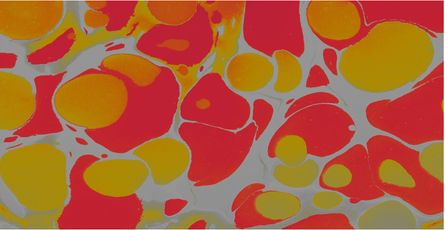Exploring Various Test Case Design Techniques in Software Testing
-
 Eric Stanley
Eric Stanley
- May 7, 2023

Introduction
Test case design is a crucial aspect of software testing that ensures comprehensive coverage and helps identify defects in the software. It involves creating test cases that effectively validate the functionality, performance, and reliability of the application under test. In this blog post, we will delve into various test case design techniques commonly used in software testing. Understanding these techniques will enable testers to develop efficient and effective test cases, ultimately improving the quality of software products
Equivalence Partitioning
Equivalence Partitioning is a technique that involves dividing the input data into groups or partitions that are expected to exhibit similar behavior. Test cases are then designed to cover one or more representative values from each partition. By doing so, this technique reduces redundancy and ensures optimal coverage while maintaining a manageable number of test cases. It is particularly useful when there is a large range of possible input values
Boundary Value Analysis
Boundary Value Analysis complements Equivalence Partitioning by focusing on the boundaries and limits of input values. Test cases are designed to evaluate the behavior of the software at the boundaries and immediately beyond them. The idea is that defects are more likely to occur at the edges of acceptable ranges. By testing these boundary conditions, testers can uncover potential issues related to off-by-one errors, limit validations, and boundary handling
Decision Table Testing
Decision Table Testing is a technique that is suitable for scenarios involving complex business logic and multiple conditions. Test cases are designed based on a decision table that captures all possible combinations of inputs and their corresponding expected outcomes. Each row in the table represents a unique test case. This technique helps ensure that all possible scenarios are considered and adequately tested, leading to effective validation of decision-making processes within the software
State Transition Testing
State Transition Testing is applicable to systems that exhibit different states or modes during their execution. It focuses on testing the transitions between these states and the associated actions and conditions. Test cases are designed to cover all possible state transitions, including valid and invalid transitions. By testing these transitions, testers can identify defects related to state management, data persistence, and system behavior during state changes
Pairwise Testing
Pairwise Testing, also known as All-Pairs Testing, is a technique that aims to achieve optimal test coverage while reducing the number of test cases. It leverages the observation that most defects are caused by the interaction of just a few parameters or variables. This technique generates test cases by selecting combinations of input values that cover all possible pairs of values. By covering all pairs, it provides efficient coverage without an exhaustive number of test cases
Error Guessing
Error Guessing is a technique that relies on the tester’s experience, intuition, and knowledge of common errors and defect patterns. Test cases are designed based on assumptions about where defects are likely to occur, potential weak spots, or areas of complexity within the software. This technique allows testers to think creatively and apply their expertise to uncover defects that may not be evident through formal techniques alone
Conclusion
Effective test case design is vital for successful software testing. By leveraging various test case design techniques, testers can ensure comprehensive coverage, early defect detection, and efficient use of testing resources. Equivalence Partitioning, Boundary Value Analysis, Decision Table Testing, State Transition Testing, Pairwise Testing, and Error Guessing are just a few of the many techniques available
It’s important to note that the choice of test case design technique depends on factors such as the complexity of the software, the nature of the project, and the available resources. Combining multiple techniques and adopting an iterative approach to test case design can help maximize the effectiveness of testing efforts
By employing these techniques, software testers can improve the overall quality and reliability of software products, leading to enhanced user satisfaction, reduced post-release issues, and increased confidence in the software’s performance
